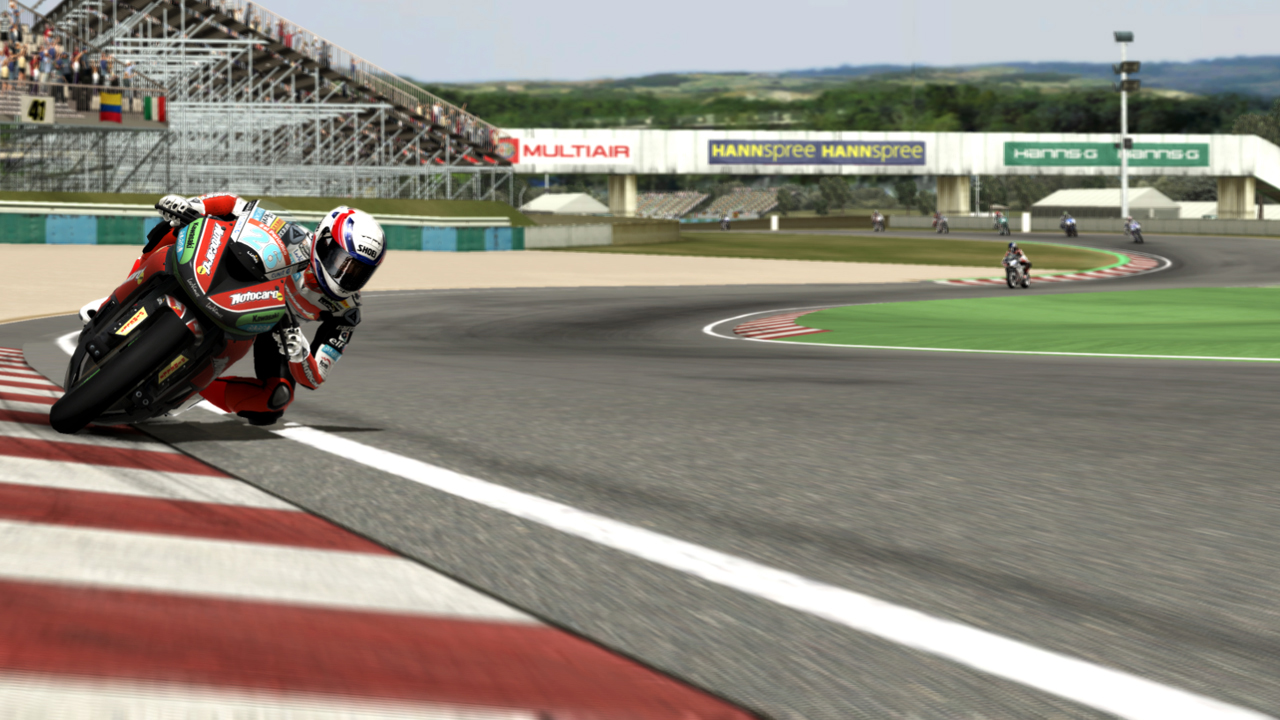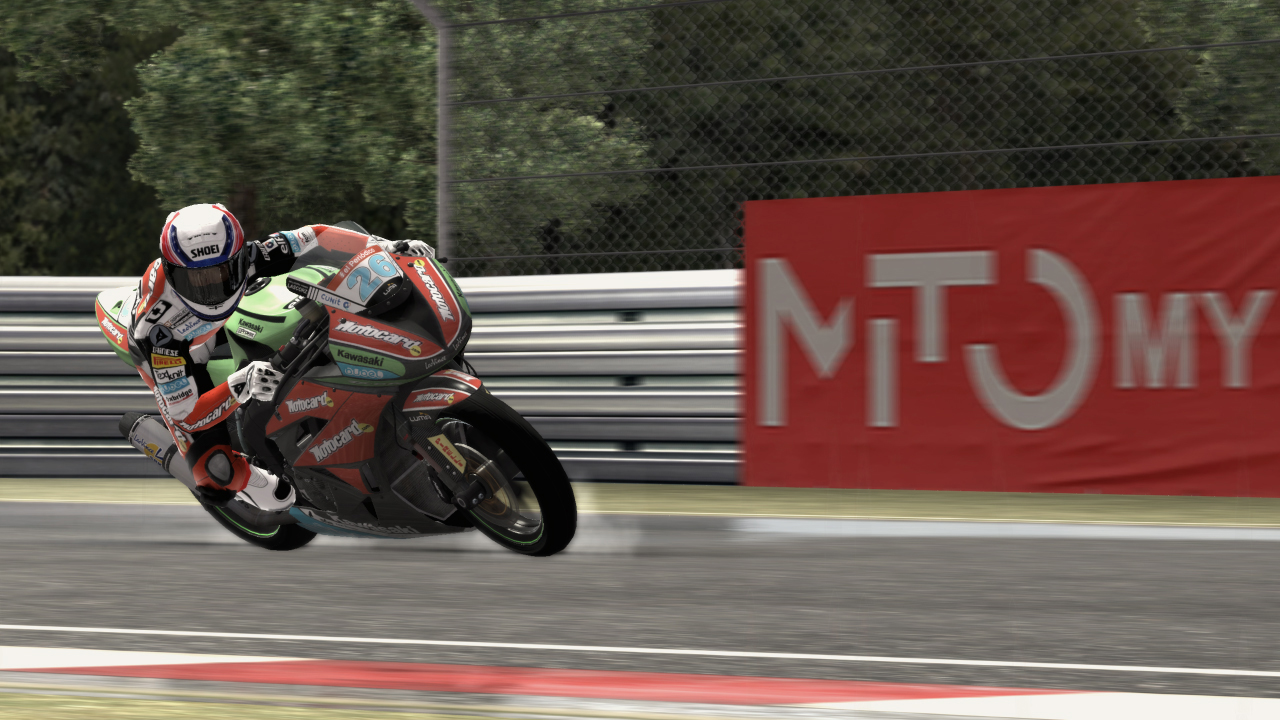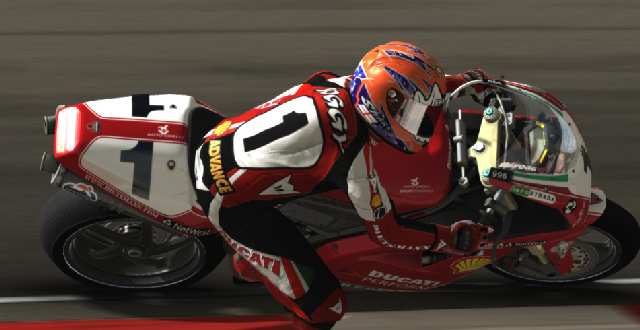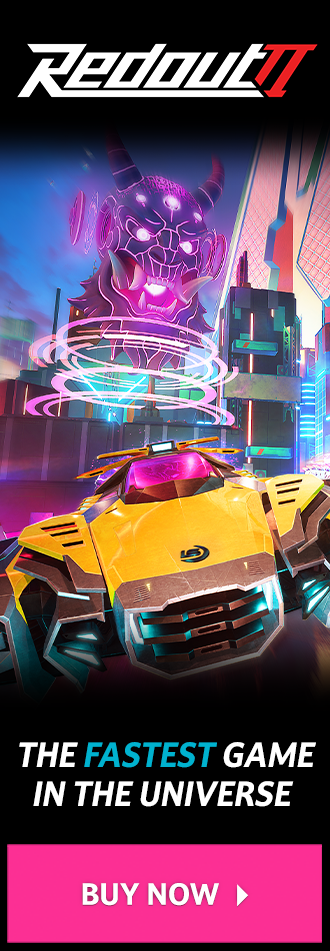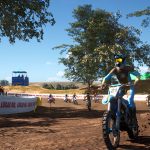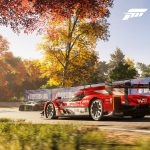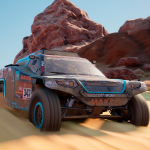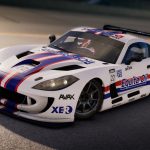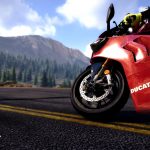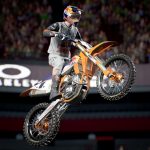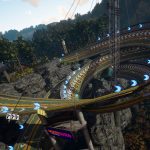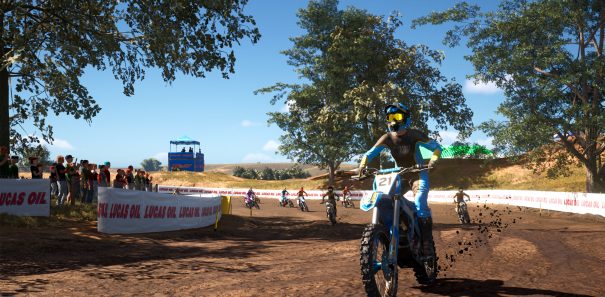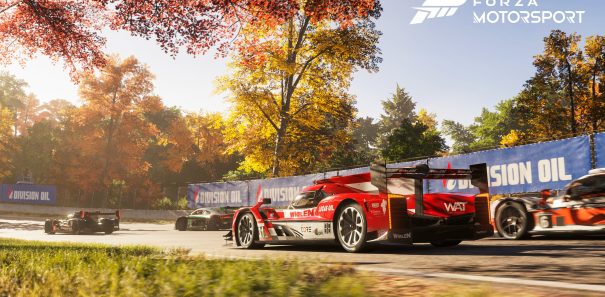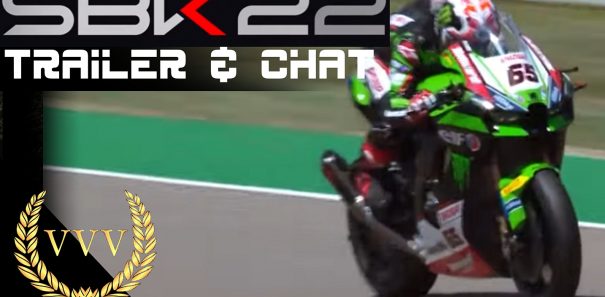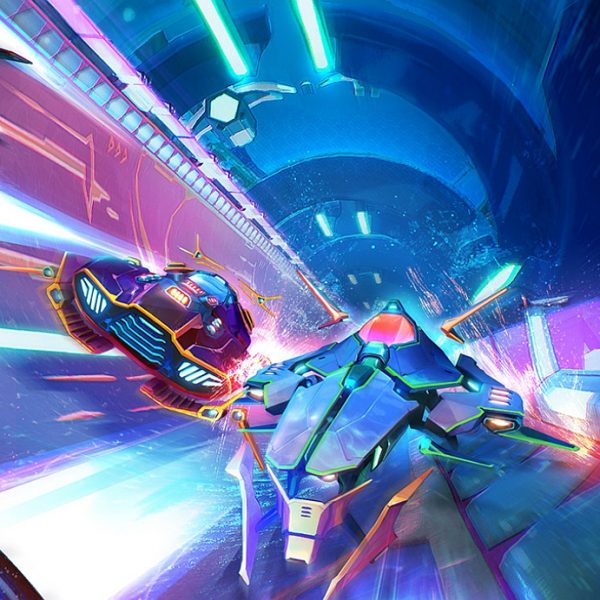In writing this interview I decided to keep many of his enthusiastic explanations and "Italian-'isms" (as I like to call them). Michele is nothing but positive, and his passion for the biking scene is clear to see.
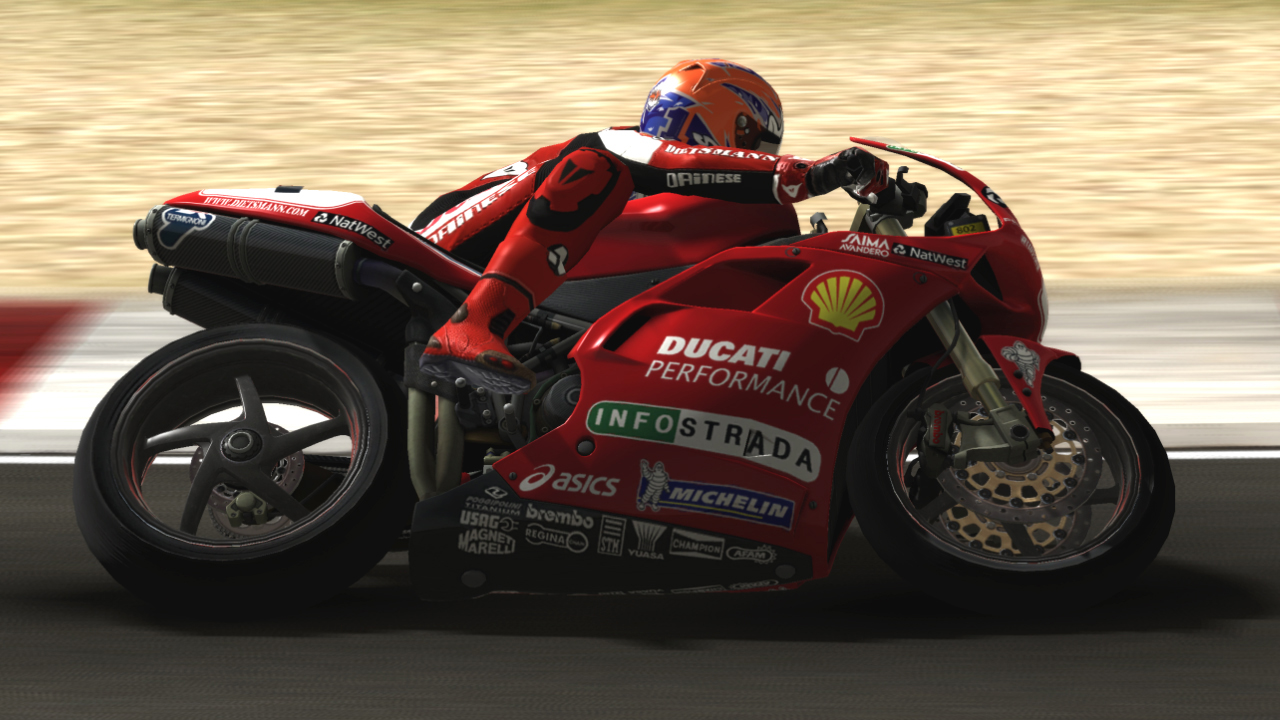
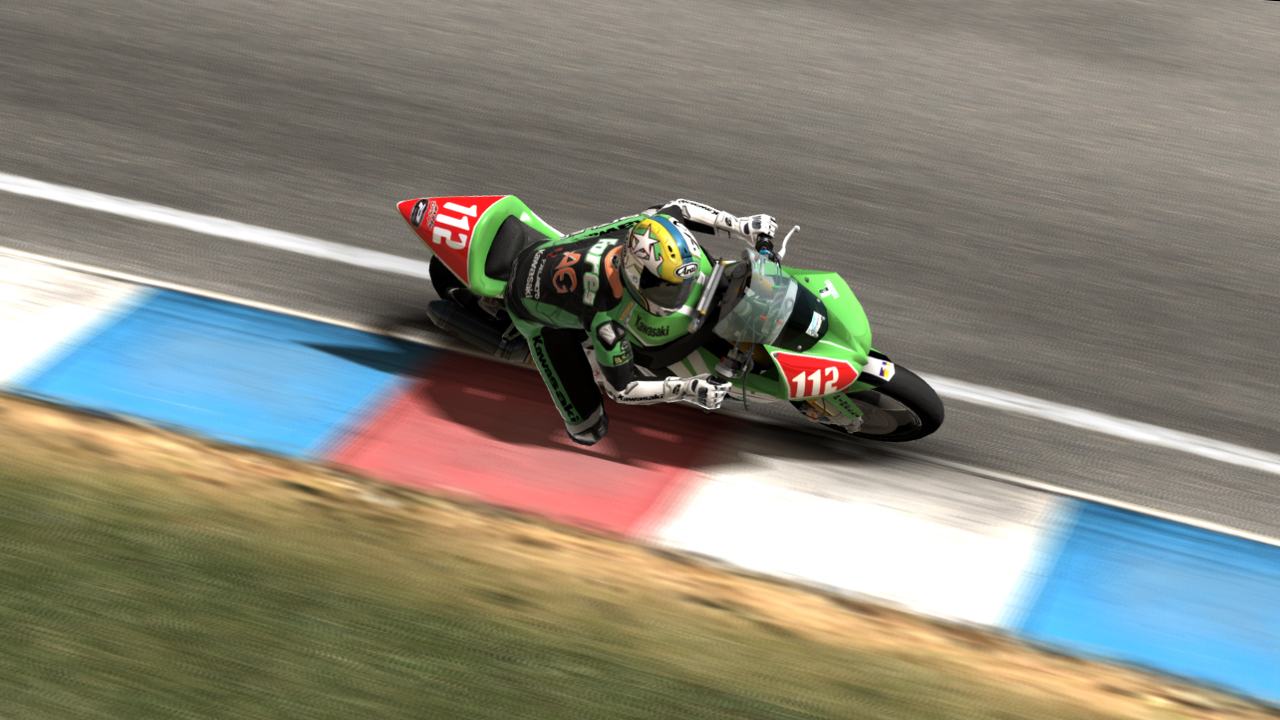
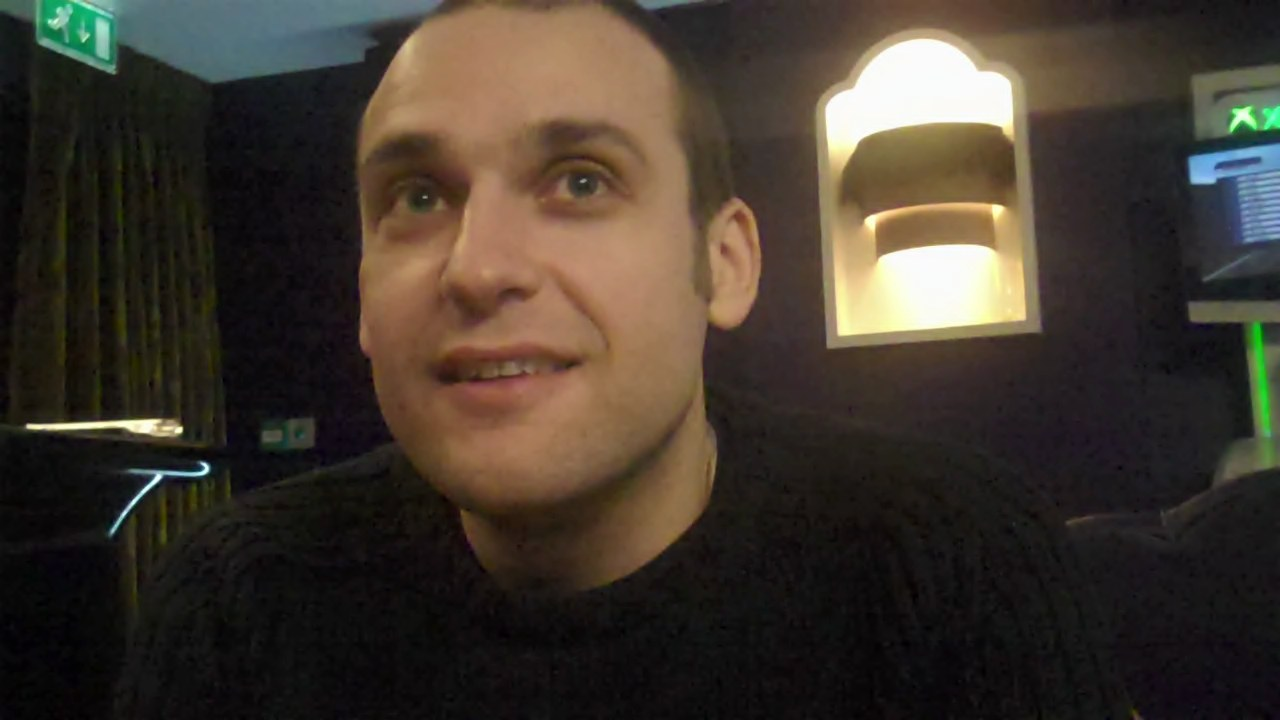
VVV: Thanks for sparing the time today, when you finish SBK 09 where do you start when you crate a new game. What is the first thing you look at?
MC: First of all this year especially we looked for feedback in online communities, forums etc. We made a series of play-testing, organised so that we could gather data and taking movies of people playing, detecting a number of datas’ so we try to understand where SBK 09 was lacking and how to improve it to broaden our audience, but at the same time not letting down anyone who loved the core as SBK-X is a true simulation game.
So, at the end, the result of this inspection was that we were; yes, oriented to full simulation but we needed a broader approach to also arcade lovers and general race lovers. So we did this kind of solution: splitting the two modes to offer something appealing for everybody.
VVV: Now I have played both modes now, I can really feel the difference between the two.
MC: Yeah, because we took the code, and we split the physics engines so that it’s not the same with different data. It is a different physics engine for the arcade mode, so we could tune it, and develop it separately with no impact on the simulation, because the risk was to break up what we already had working in the simulation mode.
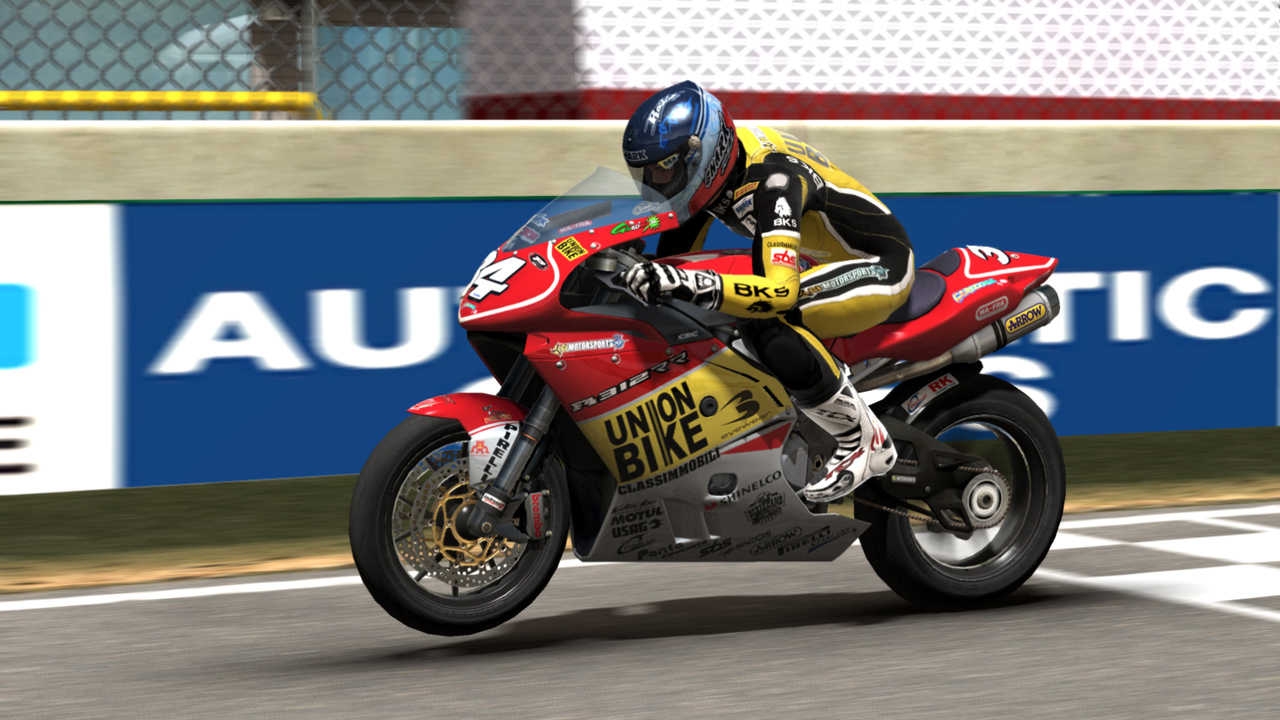
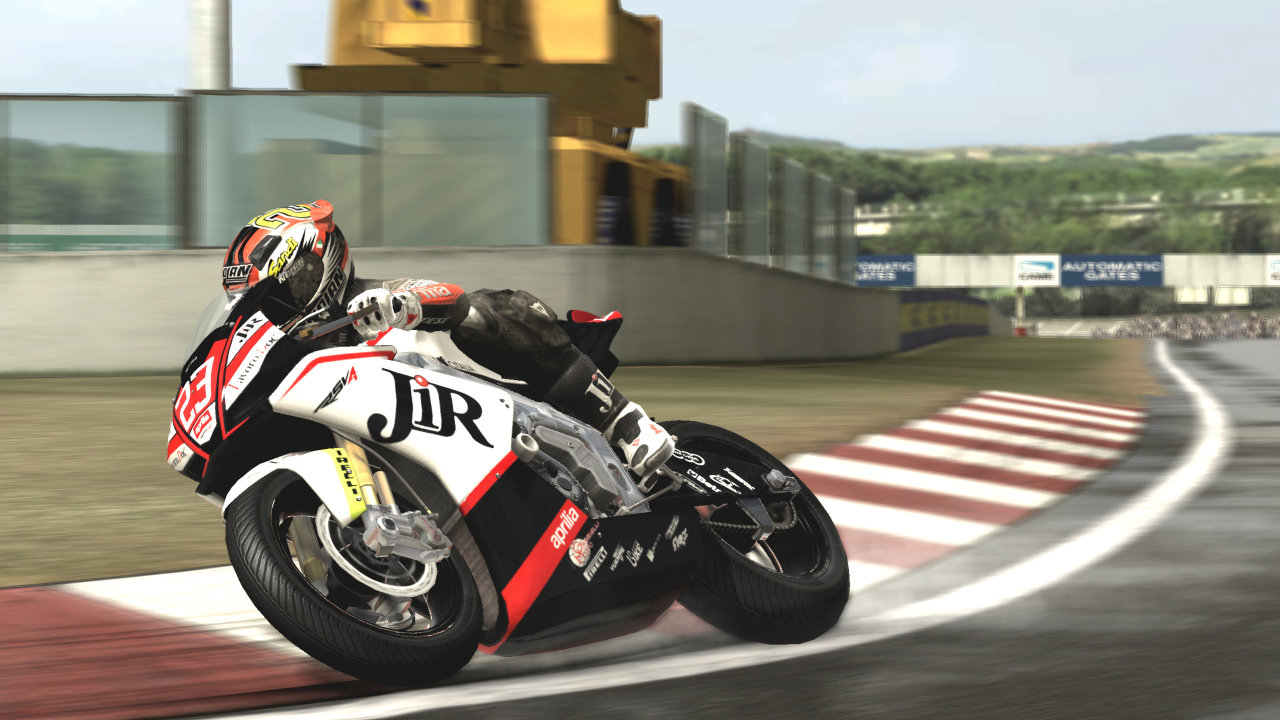
VVV: Well I have had a play obviously of both modes, ad I have really felt the differences. It is great fun actually.
MC: Oh thanks!
VVV: The arcade mode really lets you throw the bike around, where simulating you need this much smoother driving style, I find braking early, turning early as well into corners. One of the big issues that I found that a few players have with SBK 09, is that they felt the brake bias was wrong and that the brake bias was more leaning too far towards the rear essentially. Have you re-addressed the handling in this version.
MC: We, you mean in the current version?
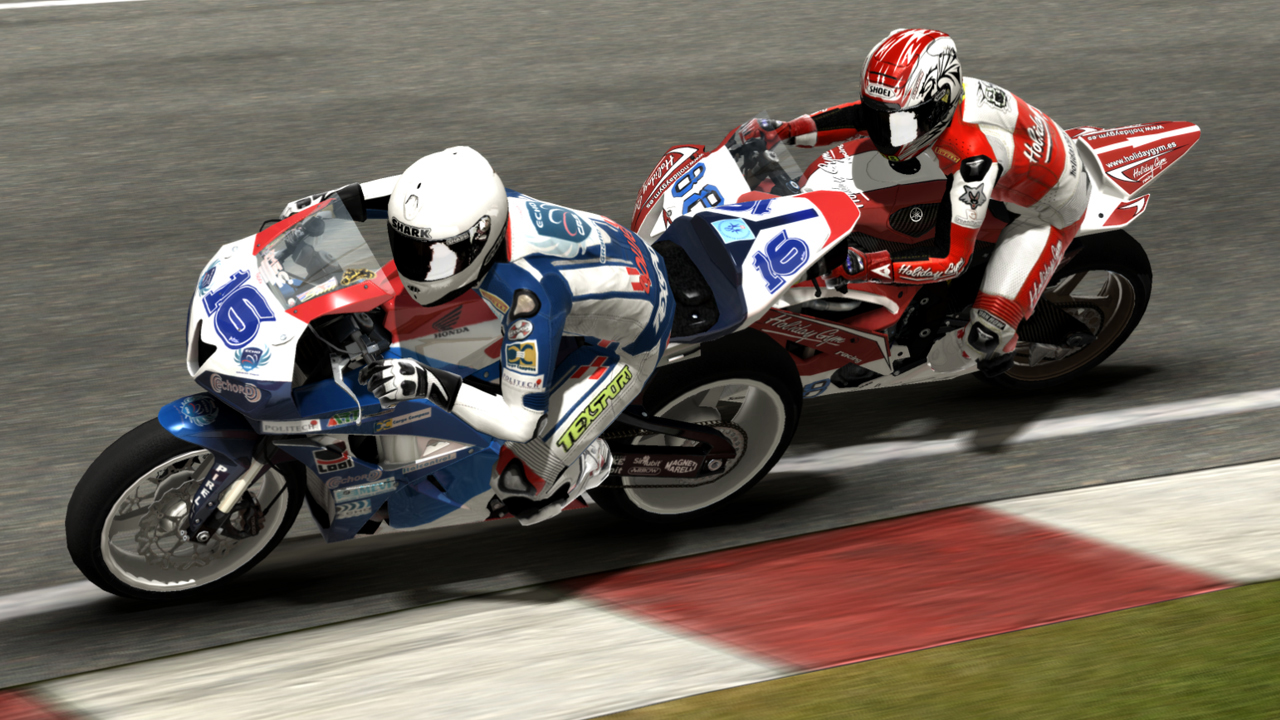
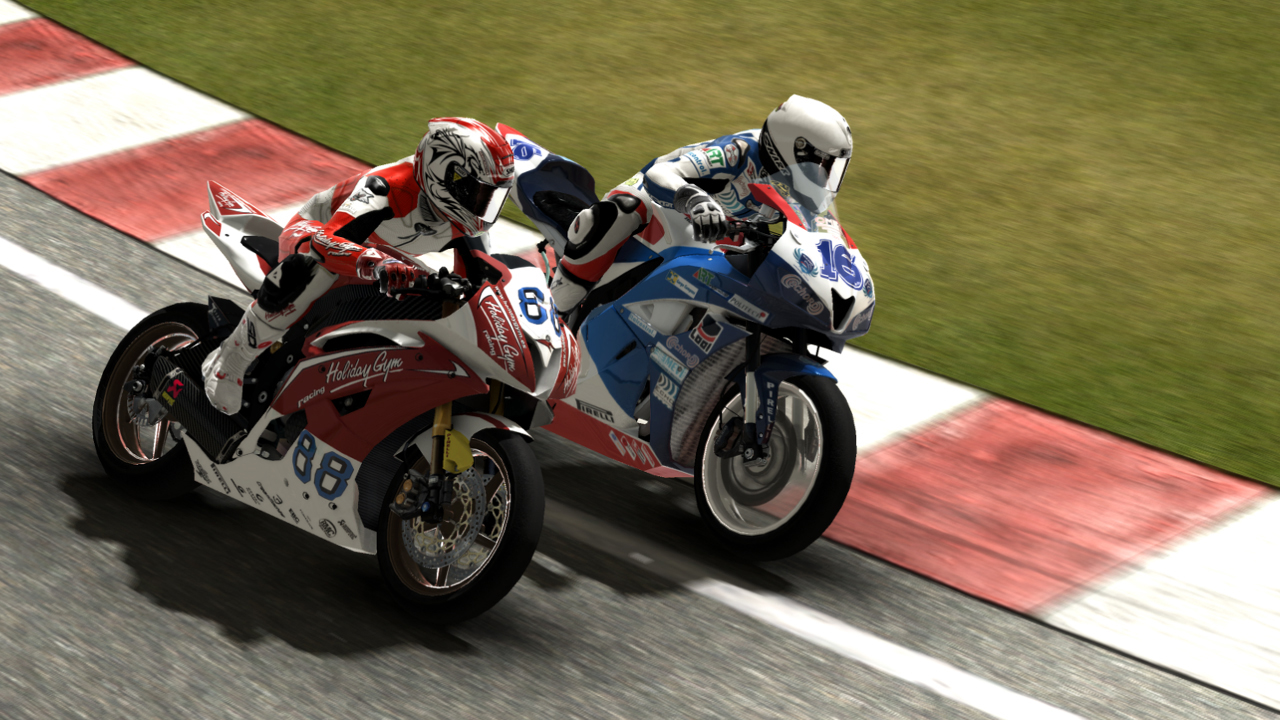
VVV: No, in the last version, the previous version?
MC: Yeah, that is one of the issues; a greater issue we found in the 09 version was that the reactions of the bike were not intuitive. In the higher simulation levels you were likely to fall on the ground, not understanding why and that is what we most worked on to avoid. I think in SBK-X when you fall you know what you have done wrong because you feel the bike, and the frame put to stress. You feel conscious when working at the extreme and you know what you have done. It is up to you not to do it again.
VVV: Is traction better conveyed through rumble in the pad now? Because a lot of bike games don’t translate their traction as accurately as I would like. Do you feel it rumbling when the bike is loosing grip and traction? Have you worked on that side of things as well now to give feedback through there?
MC: Yes, it is a sum of different aspects you have to take in account when building a complete simulation model, also situations at the limit, like the starting, the field are moving at slow speeds. We have paid attention to that because maybe you build a physic model that works right in 90% of the situation but is lacking in the remaining. We tried to cover all the aspects and all the situations.
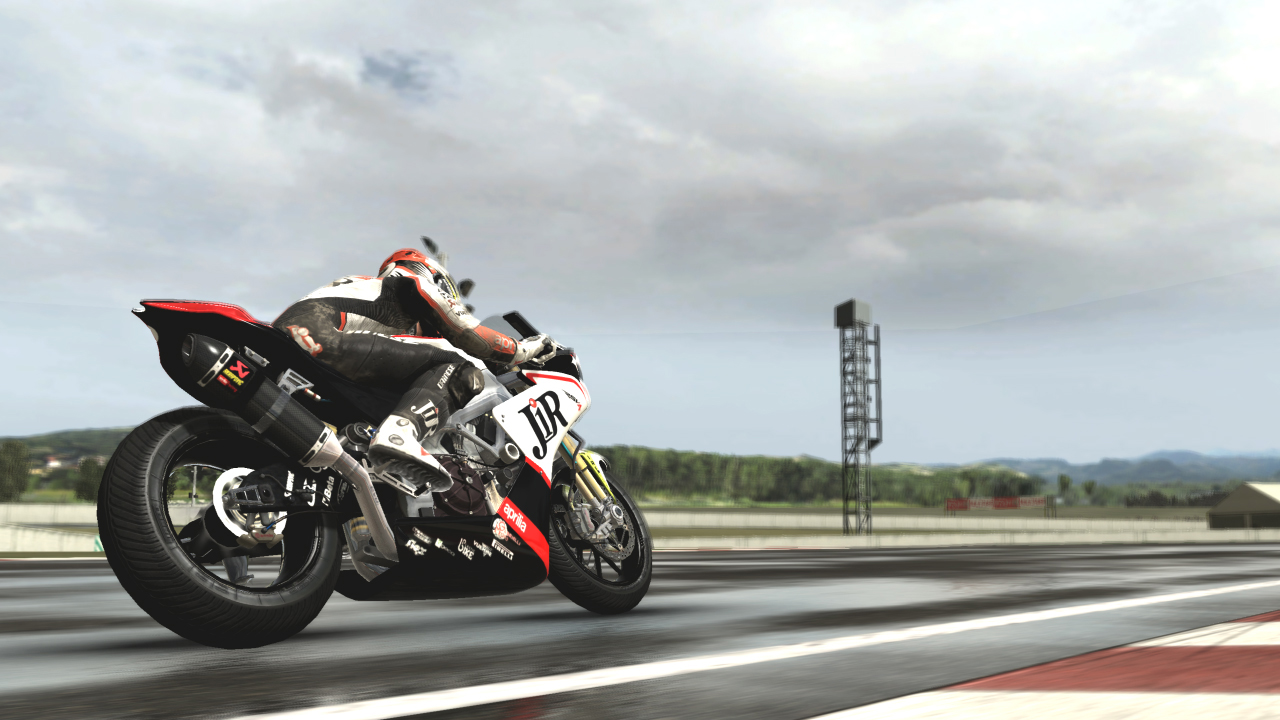
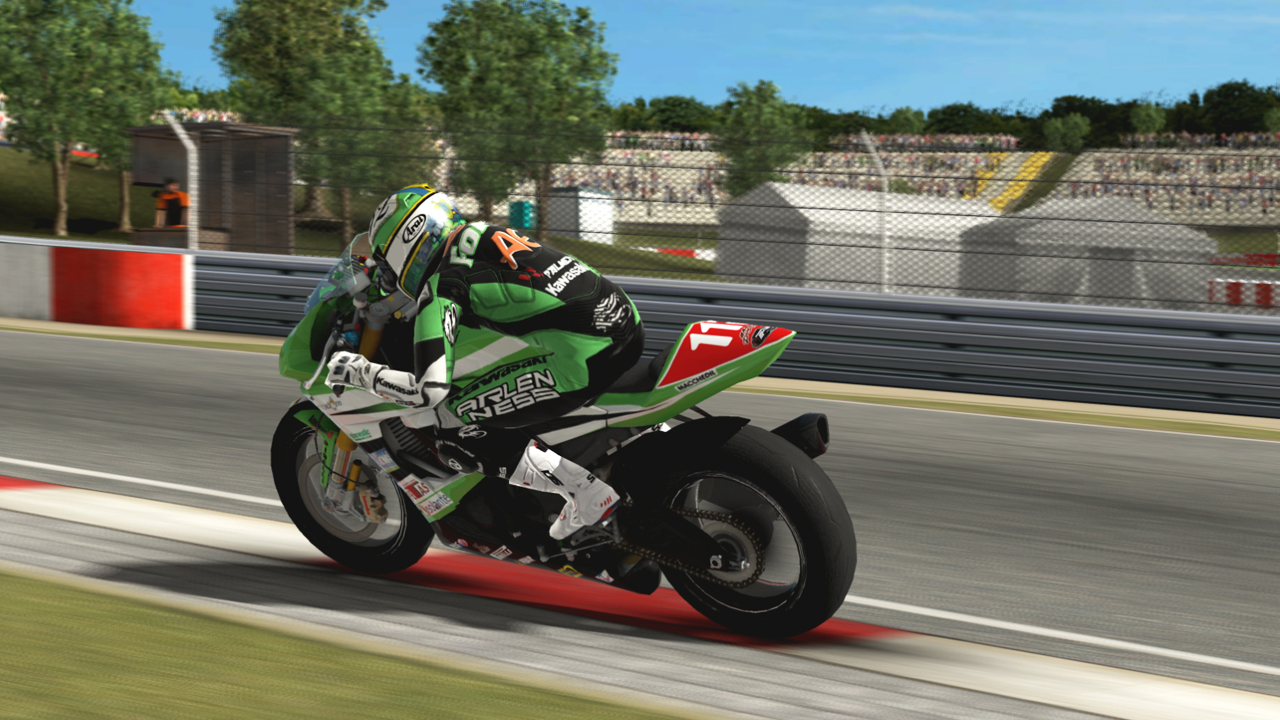
VVV: OK. Developing a game like this every year means access to the teams is all important. Are there any particular teams that you have worked with that you can mention that have been extra helpful with data?
MC: Basically we worked on all the teams because when we take the references, pictures and sounds we go directly on the track several times during the year because one time there is no physical possibility to cover everybody. So we go to several tracks, we take pictures on every team and so, thanks a lot to all the teams that have supported us with their patience and with their dedication.
But there were some riders or teams we were more in contact with. For example, Luca-Scassa came several times to our studios, tried the game and now you know he is in the Supersonic Team Superbikes and he has been very useful, because coming in different stages of the development of the game gave us different hints on how the bikes behaved in that working progress situation and we have time to correct some mistakes or improvisations so that has been very, very useful.
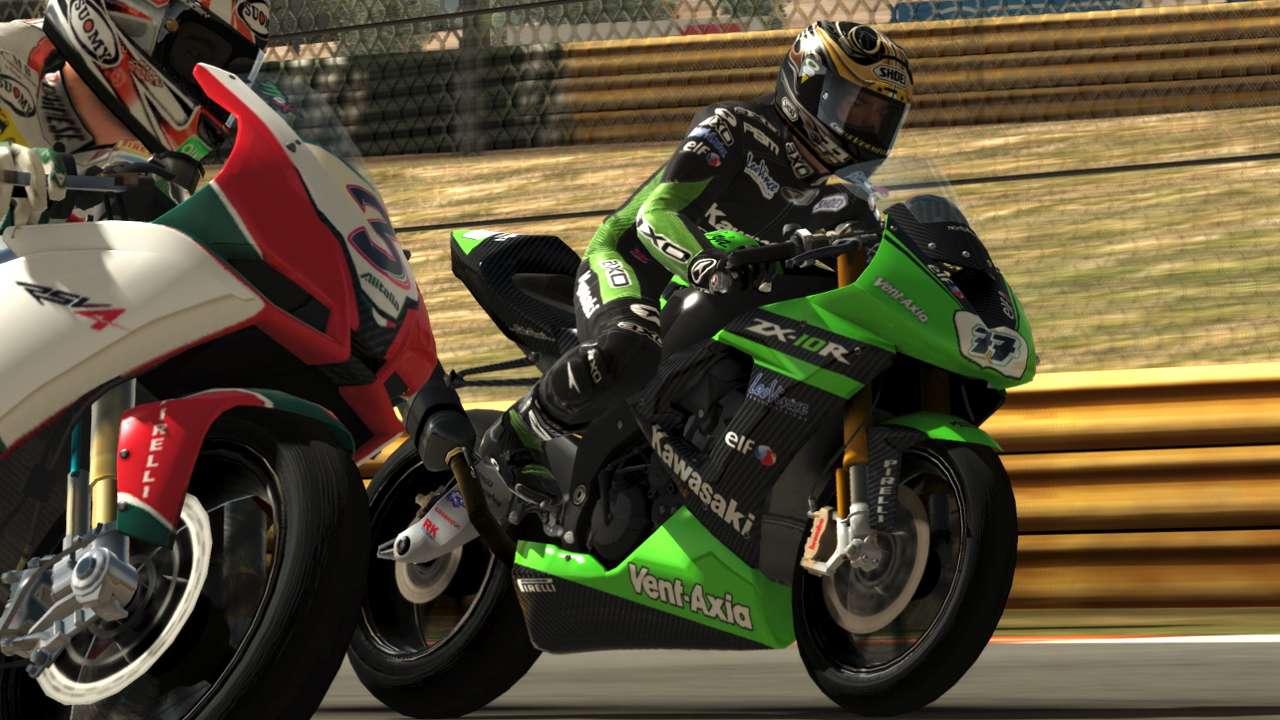
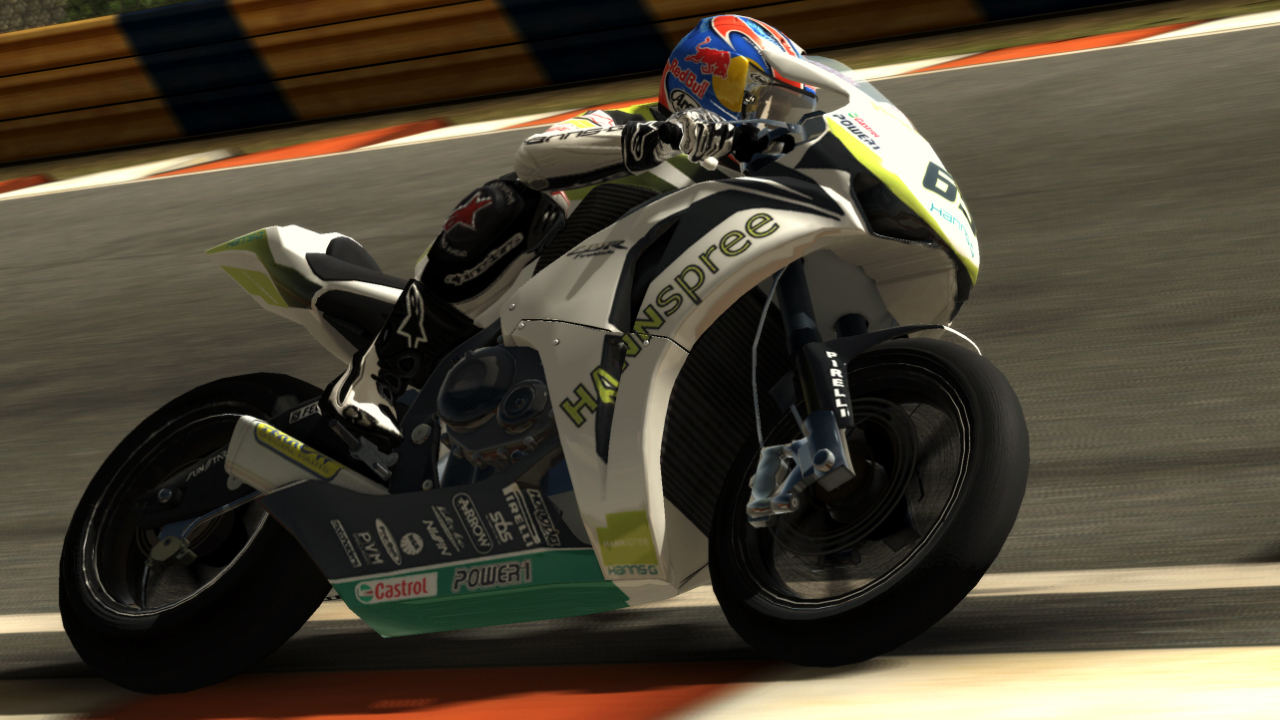
VVV: Do you get any kind of telemetry data so that you are able to look at the real telemetry of the riders POV as well as your own to an extent?
MC: Seldom, because they are very, very shy to give you all this. I can see that even when we recorded the audio for the bikes because we re-record it, everything from scratch. Some of the teams, especially on lower classes, Super Stock for example they were very, very friendly, they say do whatever you want with the bike. Some on the other hand, like some Superbikes teams, they could not afford this because the risk for the bike while you were recording it are higher because you can easily burn up a bike.
Did I tell you that we had a dyno track into a dyno recording pack? We lower the bikes over them and we're asked to keep several rpm’s fixed in different loads to the engine and so even if you use cooling fans and everything, you have to be very spot-on, you have very few minutes ‘cos the risk is to burn up a Superbike and that’s not fair (chuckles).
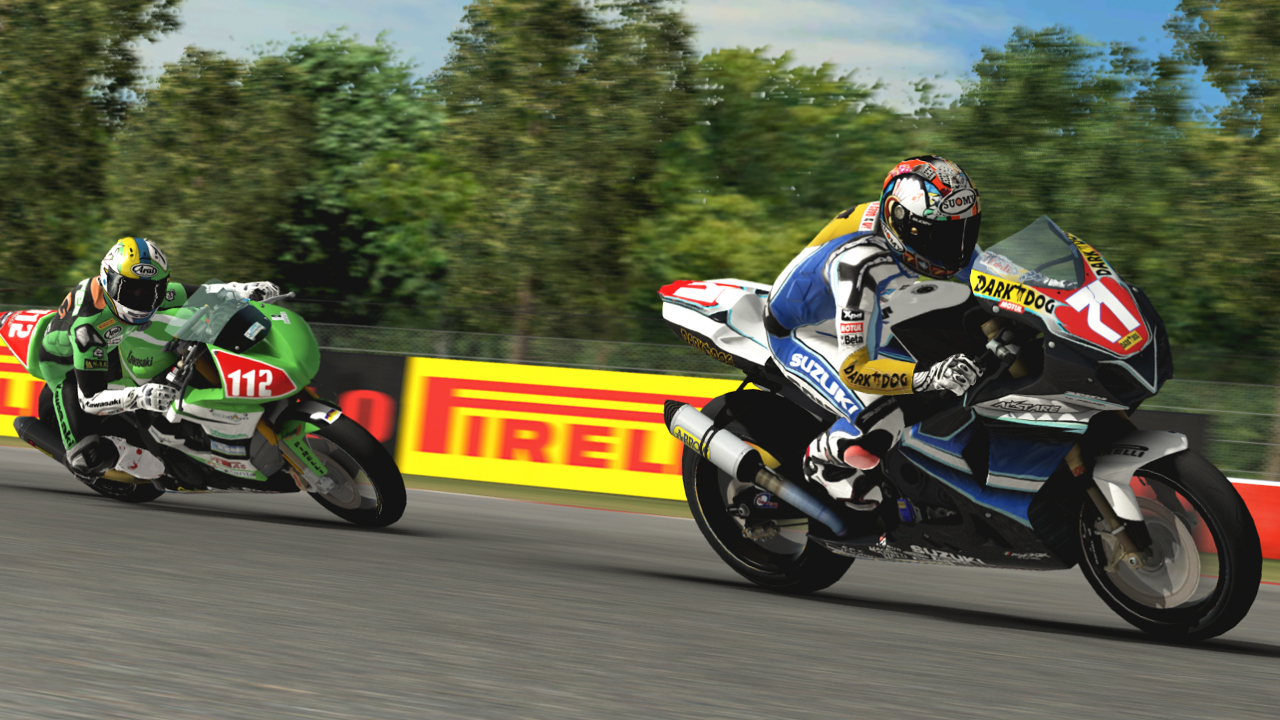
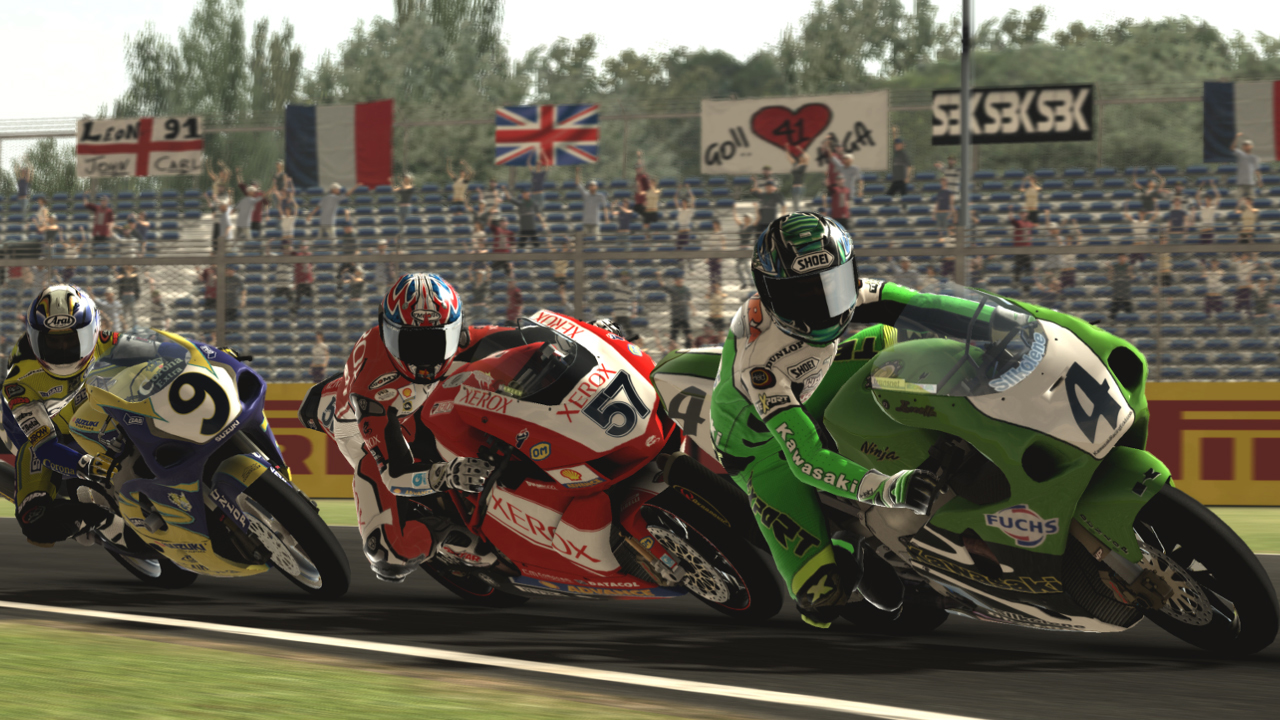
VVV: I can imagine! What’s the biggest challenge in making this game so far what has been toughest?
MC: For us, SBK-X to keep balance to the arcade mode and the simulation mode because we want them to not to give the impression that it was a simulation game with some accessory parts and neither to give the impression that there was turned completely to an arcade game. So we had to balance the importance, the content and the features between the two main branches, so that has been quite a challenge.
VVV: Now another issue is graphics, these are better and they get better every time but at the moment we are still running at 30 frames per second.
MC: Yes.
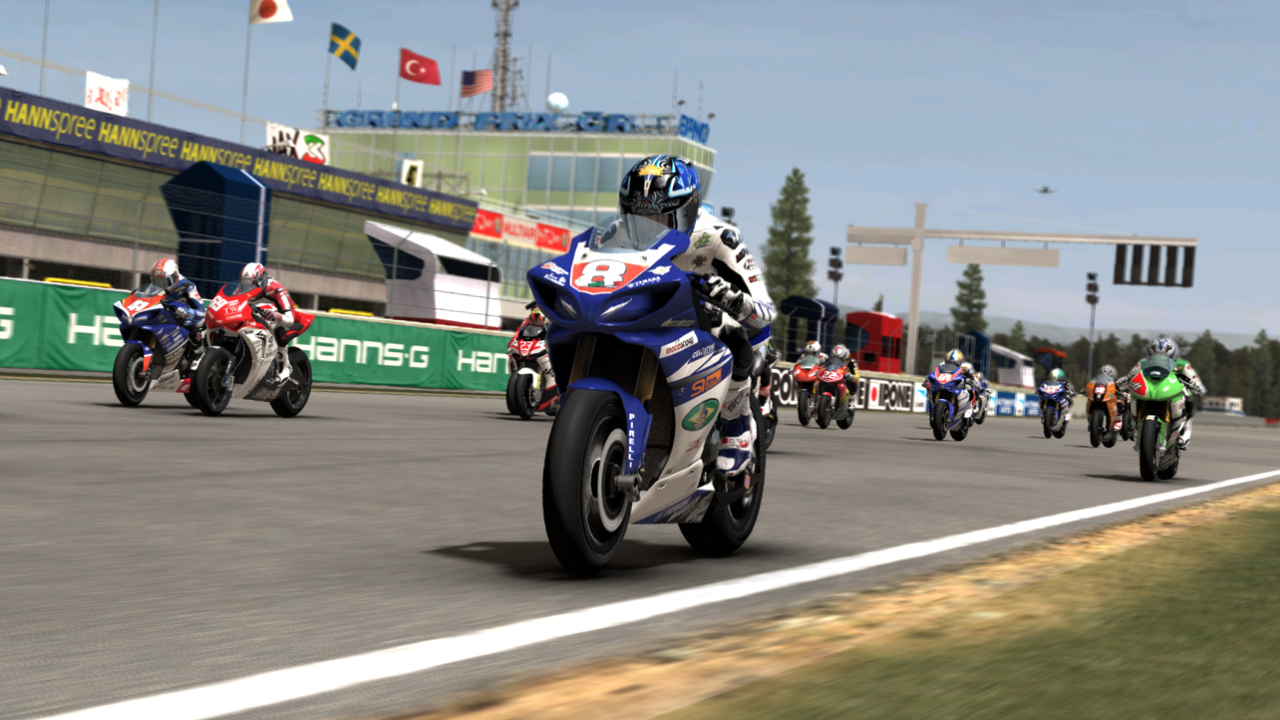
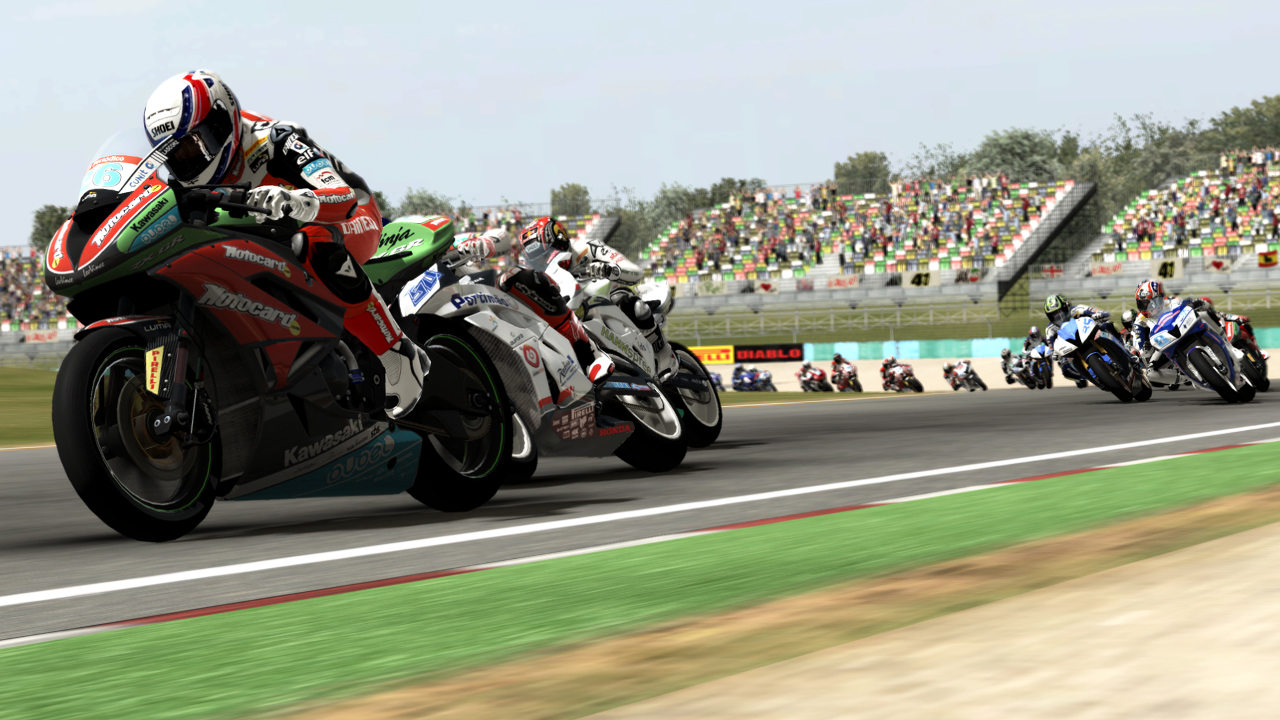
VVV: Was that a conscious decision or is that to do with the amount of rides that you have, stuff like that?
MC: It is a sum of different aspects because, first of all, running at 60 frames per second not all the players have an immediate understanding of it again. I can say that it is better to have a constant, rock solid 30 frames per second instead of 60 frames per second that drops off. At the end the amount of riders, the amount of detail because we added the animated crowds on the grandstands, which are completely animated for the first time. We added more detail, the vegetation, trees and so on so to give this kind of detail, so we had to stick to the 30 frames per second and I don’t think the player in terms of game play is loosing anything.
VVV: It looks to me that it is more detailed than the other Black Bean title, which is Superstars V8 Next Challenge. Is there any trading of information data and graphical developments between the two titles and the two teams?
MC: Yes, because they are mostly based on similar progressive version of the same graphical engine. Even if almost different teams work on different games because the development is overlapped a long time but there is a lot of sharing and huge communication so yes Superstars V8 Next Challenge shares a good amount of the new V8 engine and SBK-X
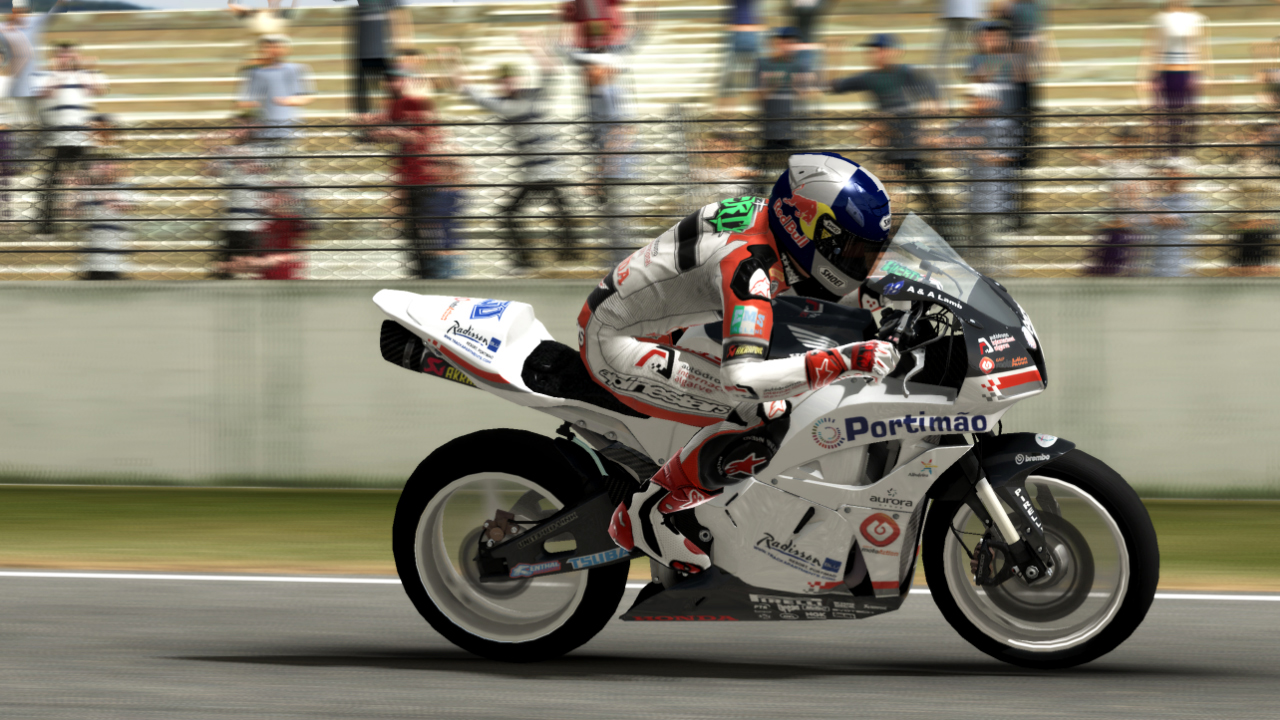
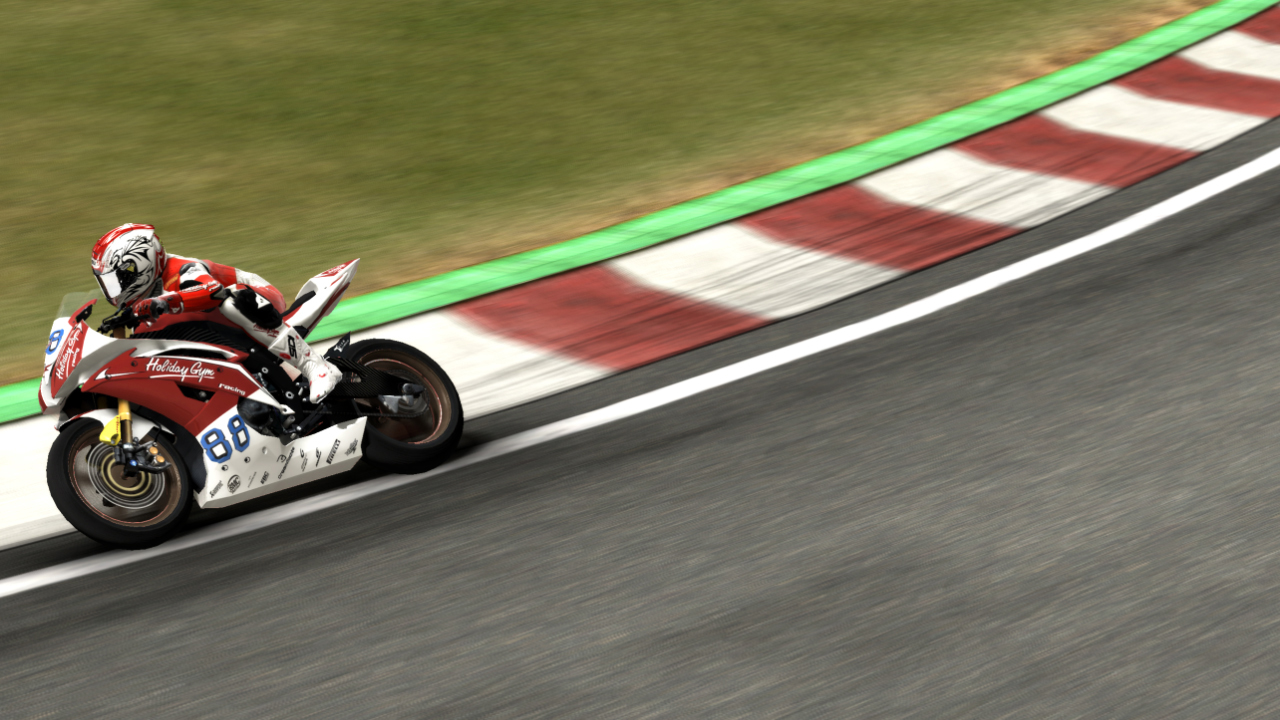
VVV: Now that brings me onto development of the engine: is it an in-house development?
MC: Yeah, completely. It is completely in-house because we think it’s the best choice for our needs. We produce a certain kind of game, very targeted, we don’t do platform games or FPS, we do racing games so we have very specific needs and the engine is quite tailored to that kind of game, so the best thing is developing in-house.
VVV: Now to just bring you back to the simulation mode, the track evolves now and this is a very interesting development so that means basically after a few laps, I’ll actually be able to brake a bit later, feel the grip in the corner, hang on to the bike?
MC: The goal was exactly this because if you stick to the rubber trajectory you can feel more grip both braking and leaning so when the track is wet and it is drying-up you have the same, a similar effect of being on the dry line and the first times we were riding the game we included the feature and felt all the difference ‘cos it changed the way we were riding on tracks, because you have to stick on a precise trajectory and you have to be very precise especially on braking points and cornering so it changes the way you approach a motor bike game.
VVV: Excellent Michele. Thank you very much for your time today and I’ll look forward to testing out yhe game and giving it a fair few laps.
MC: Yeah, thank you.
We'll have more news shortly and you can keep up to date with everything SBK-X related on the Milestone Blog.
